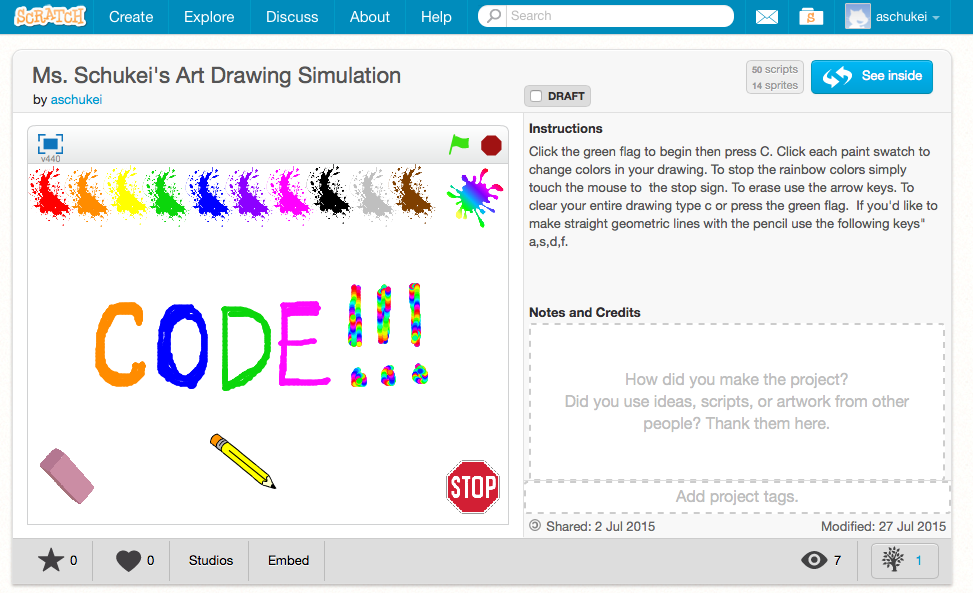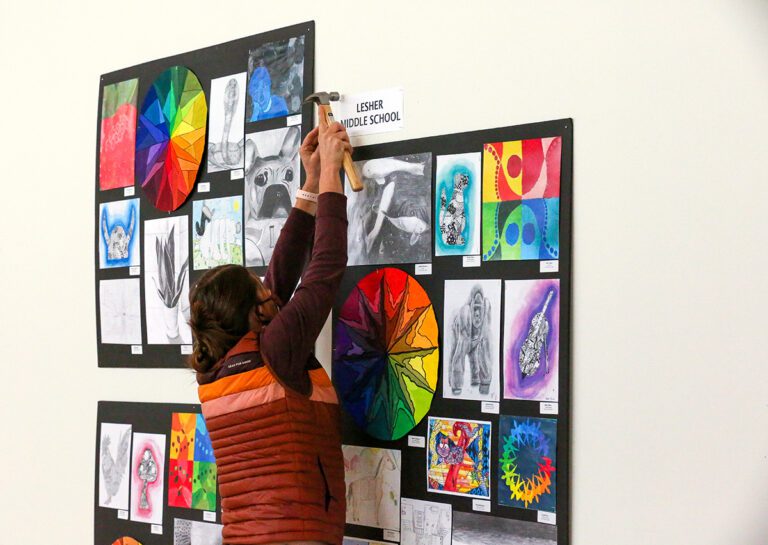Education trends come and go at a rapid pace. Whenever something new comes along, I have an internal struggle. Is it something worthwhile that I should immediately embrace, or a fad that will shortly fizzle out? In education, these trends come at a fast and furious pace and it’s up to us to decide what is worthwhile and what isn’t. You may have heard the word “code” floating around the halls of your school at an increasing rate. Coding in the modern school system is quite polarizing. Some embrace the idea while others run in the opposite direction.

I’m here today to tell you why you should consider coding in your classroom.
What is coding?
In the most basic sense, coding is a set of directions given to a computer. Correctly type a step-by-step command or task in a coding language and (voila!) your computer does it. It’s actually rather funny–computers are not that intelligent, they are simply obedient. As long as we correctly tell our computers what to do, they’ll do it.

Click here to see how this project works.
Why is coding important?
Even if you aren’t implementing a lot of technology in your art classroom, coding is at the root of every software program, website, and smartphone app we use. Instead of just teaching students how to use these resources, why not try creating them? Computer science can be related to all areas of education. More and more schools are focusing on STEAM and career-based education. Coding is a step in that direction for your art program and can be done with all K-12 students.
How does coding relate to art?
It may seem surprising, but at the core of both coding and art making lies the same set of skills: problem-solving and design. You already teach the skills necessary for coding in your art room! There are many engaging coding projects you could do with your students. One natural connection is video game design. You could ask your students to design a simple game or even a simple paint program. What better way to advocate for your program than showing off your students’ 21st Century skills? If you don’t have access to much technology at your school, don’t worry! Many coding projects can also be done “unplugged,” which means that students can learn coding concepts and skills without access to a computer.

How do you get started?
If you want to get started with coding in your room, there are many great resources from which to choose. Code.org is great for elementary and middle school students, and many unplugged resources and lesson plans are provided as a starting point. Scratch, developed by MIT, is a great place to start for all K-12 students. The LearnScratch workbook is a resource that partners with this program to ensure a smooth transition. The Scratch platform provides opportunities for students to use their own graphics to create video games, presentations, simulations, animations, and more. Creating problem solvers in this way will deeply connect students to the world, opening their eyes to new ways of seeing and understanding.
Have you used any coding in your art classroom?
In what other non-traditional ways do you help your students build problem-solving skills?
Magazine articles and podcasts are opinions of professional education contributors and do not necessarily represent the position of the Art of Education University (AOEU) or its academic offerings. Contributors use terms in the way they are most often talked about in the scope of their educational experiences.





